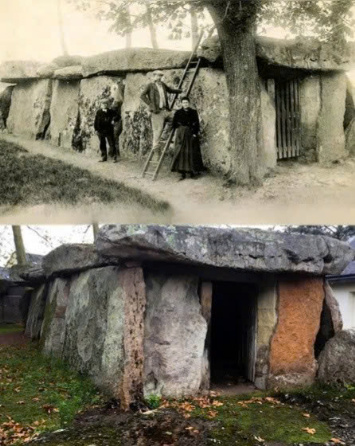Introduction
The Dolmen de Bagneux, located in the town of Bagneux near Saumur in the Loire Valley of France, is one of the largest and most impressive megalithic tombs in Europe. Constructed during the Neolithic period, around 4000 to 3000 BC, this ancient structure showcases the remarkable engineering skills and societal organization of prehistoric communities. Despite thousands of years of erosion and the impacts of time, the dolmen remains a significant archaeological site, offering insights into the lives, beliefs, and ingenuity of our Neolithic ancestors.
The Construction of Dolmen de Bagneux
A Remarkable Feat of Engineering
Built approximately 6000 years ago, the Dolmen de Bagneux measures an extraordinary 18.5 meters (61 feet) in length and stands over 4 meters (13 feet) in height. It is composed of massive stone slabs, some weighing several tons, which were likely quarried and transported from nearby locations using simple tools and techniques.

The structure consists of:
- A Rectangular Burial Chamber: This long chamber was covered by large flat stones known as capstones, supported by upright stones called orthostats.
- An Earth Mound: Originally, the dolmen was encased in an earthen mound, which helped stabilize the stones and conceal the burial chamber. Over time, this mound eroded, leaving only the stone skeleton exposed.
The effort required to move and assemble these stones demonstrates the Neolithic people’s advanced understanding of mechanics and their ability to collaborate on large-scale projects.
Cultural and Societal Significance
A Burial Site for the Elite
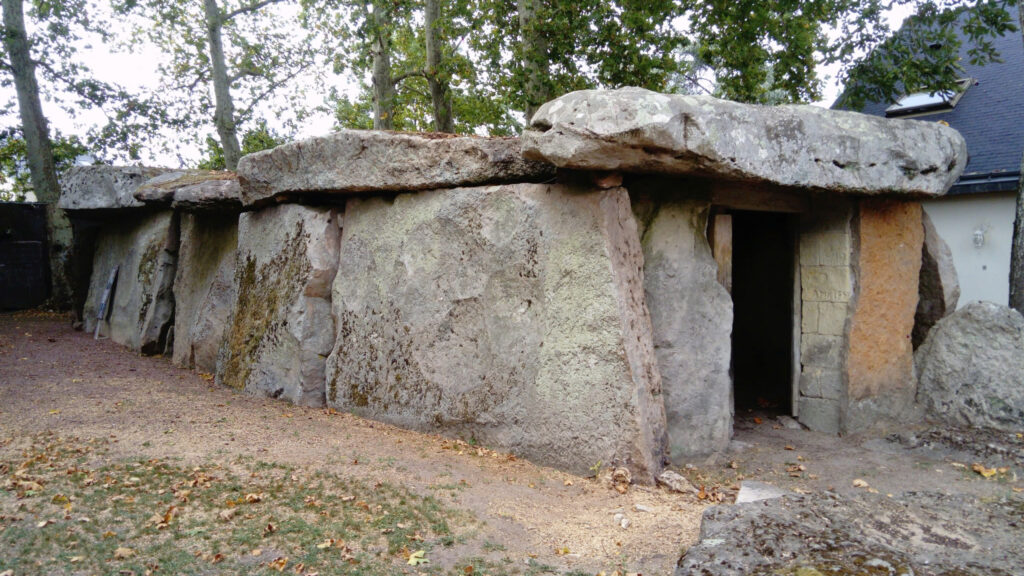
Dolmens like the Dolmen de Bagneux were primarily constructed as burial chambers. Given its massive size, it is believed to have been reserved for individuals or groups of high social status, such as tribal leaders or influential families. Archaeological evidence suggests that these tombs often housed multiple burials, accompanied by grave goods like tools, pottery, and ornaments.
Video
A Symbol of Ritual and Territory

Beyond their role as burial sites, dolmens also served as:
- Ritual Spaces: The construction of such monumental structures likely held religious or ceremonial significance, reflecting the spiritual beliefs of Neolithic communities.
- Boundary Markers: Dolmens were often located at strategic points, such as hilltops or river crossings, marking territorial boundaries or areas of communal importance.
Historical Timeline of Dolmen de Bagneux
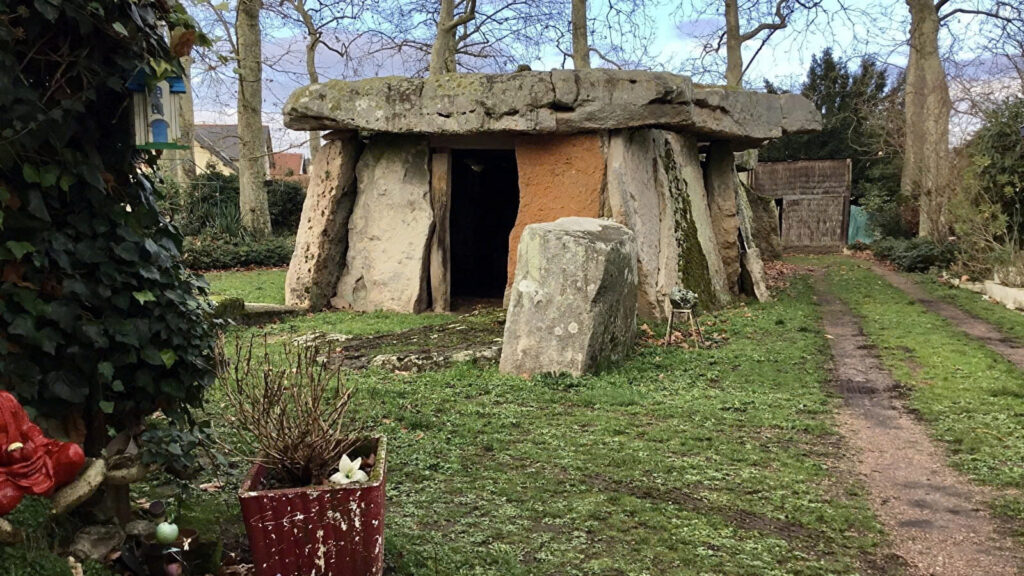
- 4000–3000 BC: The Dolmen de Bagneux was constructed during the Neolithic period, a time when humans transitioned from a nomadic lifestyle to settled agricultural communities.
- 1469 AD: The Dolmen de Bagneux was first mentioned in written records, highlighting its enduring presence in the local landscape.
- 19th Century: Interest in megalithic structures grew during this period, with archaeologists and historians documenting and studying dolmens across Europe, including Dolmen de Bagneux.
- 20th Century: The dolmen became a protected historic monument under French law, ensuring its preservation for future generations.
The Legacy of Dolmen de Bagneux
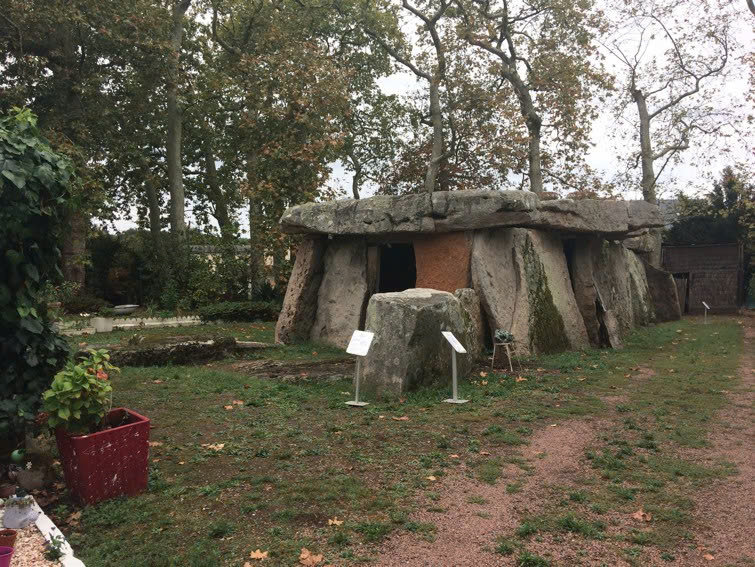
Despite the passage of millennia, the Dolmen de Bagneux remains a silent witness to Neolithic ingenuity and social complexity. Its construction reflects the advanced organizational skills of prehistoric communities, who worked together to build structures that would endure for thousands of years.
Today, the dolmen stands as a testament to the creativity and resilience of early human societies. It also raises questions about the beliefs, rituals, and daily lives of those who built it—questions that continue to intrigue archaeologists and visitors alike.
Conclusion
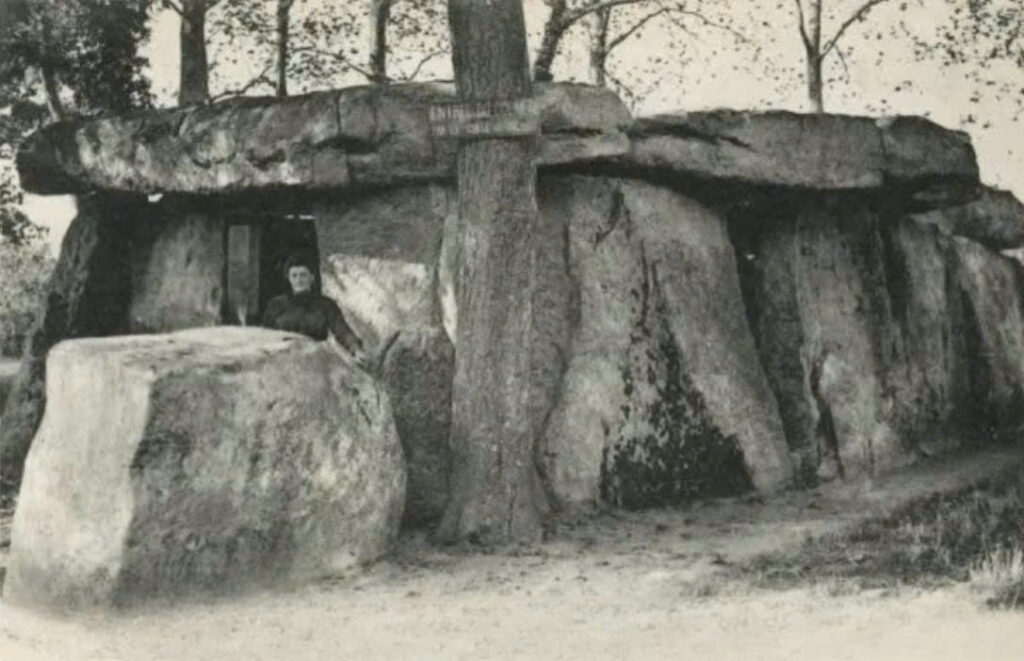
The Dolmen de Bagneux is more than just an ancient tomb; it is a monumental symbol of human ingenuity, cooperation, and cultural expression. Constructed around 4000 to 3000 BC, this megalithic marvel offers a glimpse into the Neolithic world, where people combined practical engineering with profound spiritual beliefs to create lasting legacies.
As one of the largest dolmens in Europe, it remains a crucial piece of our shared heritage, inviting us to connect with the distant past and to marvel at what early humans were capable of achieving.
